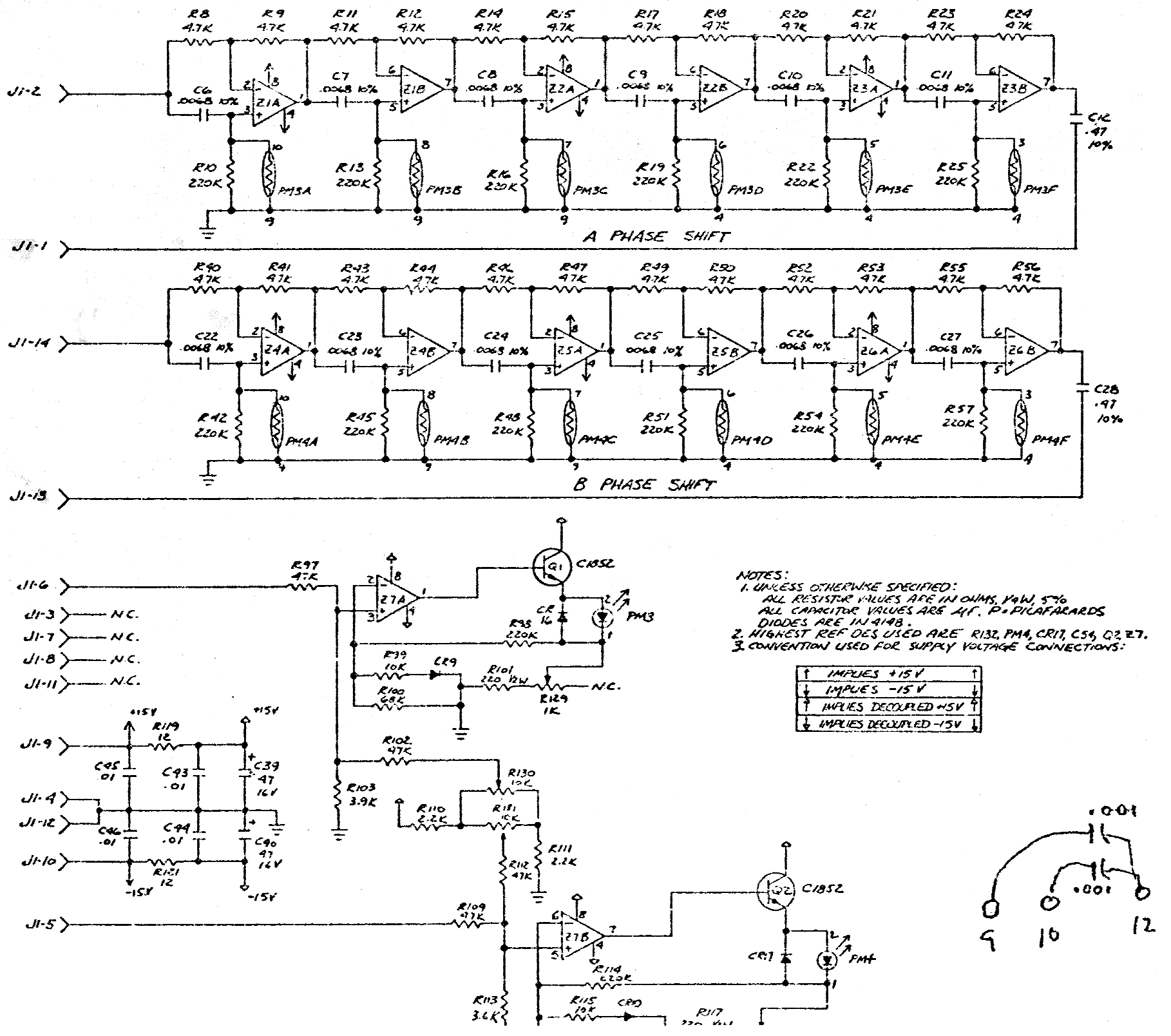Mu Tron Bi Phase Manually

Mu-tron (short for Musictronics) developed a series of highly innovative effects throughout the '70s, including the popular Mu-Tron III envelope filter. The Mu-tron Bi-Phase was a two channel Phase shifter with two 'Sweep Generator' sections. This pedal was made with either a two-button or an optical pedal.The optical.

Buku Biokimia Harper Pdf Files. A Mu-tron III Musitronics, often shortened to Mu-tron, was a manufacturer of electronic active in the 1970s. Founded by Mike Beigel and Aaron Newman, the company's product line focused on filtering and processing effects derived from components. The company was known for producing high-quality products with many user-adjustable parameters, but high production costs and a failed product line, the, caused its downfall. Their best-known product was the Mu-tron III, 'the world's first envelope-controlled filter', first made in 1972 and quickly becoming an essential effect for many funk musicians.
It was taken in production again, in a modified version, in 2014. Contents • • • • • • • • • • • • • Company history [ ] The Musitronics Corporation of was formed in 1972 by Mike Beigel and Aaron Newman, an engineer who worked. Beigel had been working on a synthesizer project for Guild, but the project was dropped after Guild's president, Al Dronge, was killed in an accident. The new president was less interested in the synthesizer project, and Beigel teamed up with a former Guild engineer, Aaron Newman, to save what he could, and formed Musitronics. A New History Of India Stanley Woolpert Pdf Files. They extracted sections from the synthesizer to make a stand-alone audio effect out of it; the result was an envelope filter, the Mu-tron III, built in the summer of 1972, which proved popular and viable enough with major music instrument retailers to build the company on.
Musitronic built a plant out of a former chicken coop in Rosemont, and soon employed 35 people. The company offered traditional effects such as simple phase shifters, flangers, and foot-operated wah pedals as well. With George Merriman, former partner of guitarist and guitar and effect builder, Mutronics built the, and later made the Armstrong plug-in effects. In 1978 Musitronics was sold to synthesizer company in 1979, on a royalty basis, but ARP folded before the original owners of Musitronics could ever collect any money. Musitronics became Gizmo Incorporated and continued to try their hand at products, but it ended when Aaron Newman suffered a heart attack. By 2014 Beigel returned to making effects with his new company Mu-FX, producing a 'modified and miniaturized version' of the Mu-Tron III, renamed the Tru-Tron 3X. Mu-Tron III [ ].
Main article: The Mu-Tron III was based on a Guild prototypes called the Timbre Generator. Beigel said he chose the envelope-controlled filter over other synthesizer elements, such as ring modulation, because it sounded more musical; it was a more general effect that would lend itself to a variety of applications, and it was easy to use. [ ] The Mu-tron III became an instant success and was used by a variety of musicians for a variety of instruments, especially guitar,, and bass.